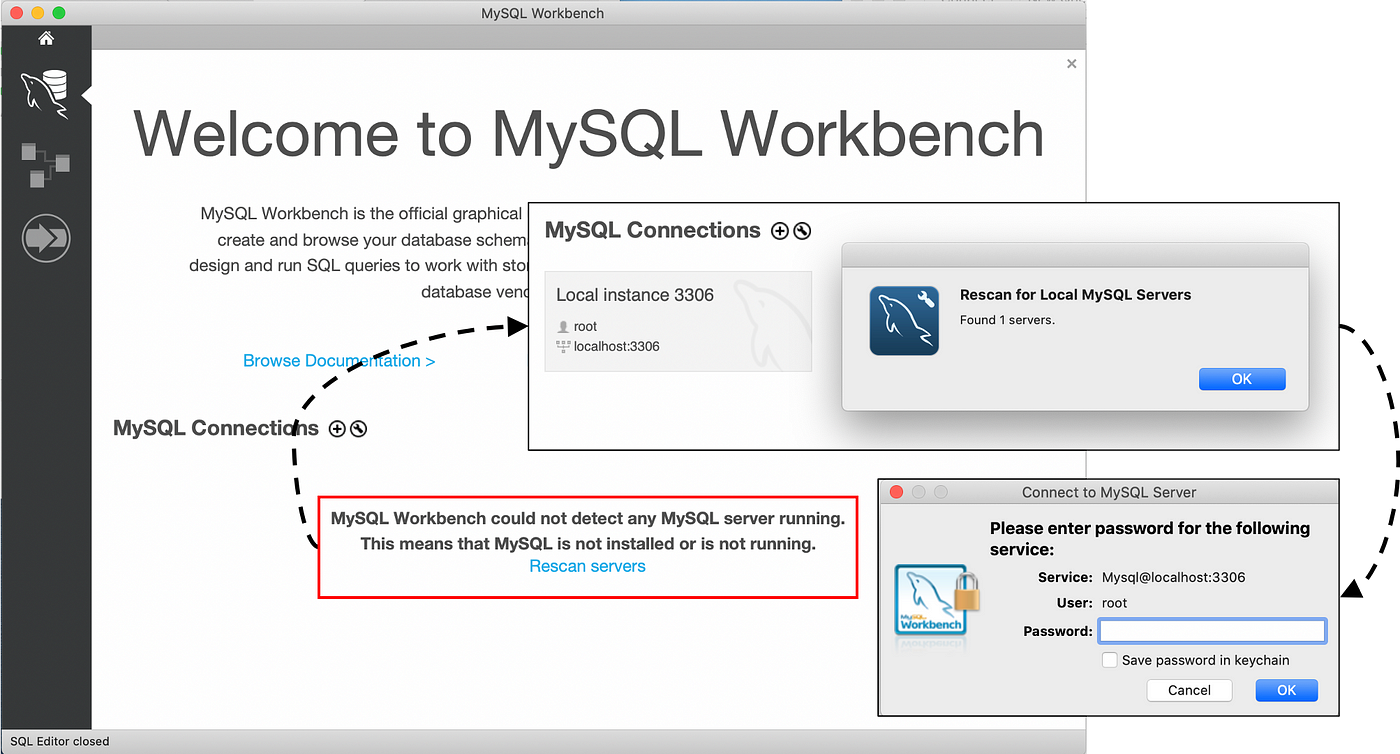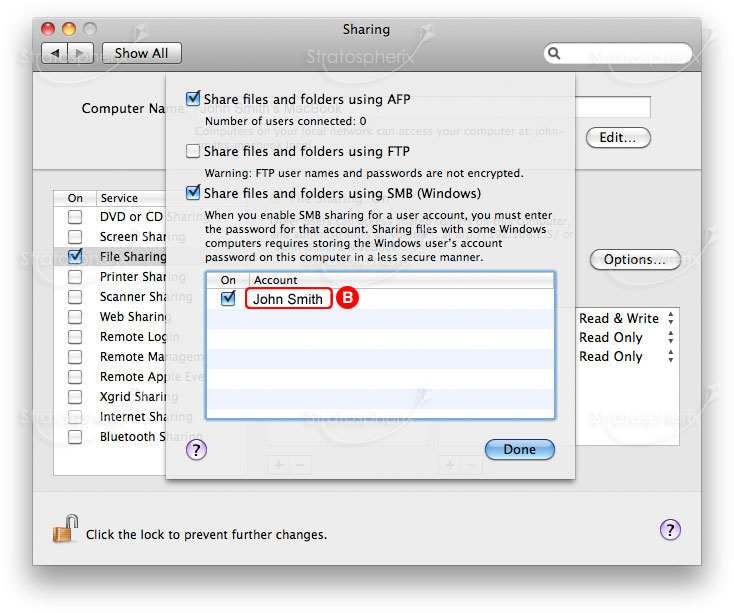

- GETTING STARTED ON MYSQL ON MAC HOW TO
- GETTING STARTED ON MYSQL ON MAC INSTALL
- GETTING STARTED ON MYSQL ON MAC ARCHIVE
- GETTING STARTED ON MYSQL ON MAC UPGRADE
- GETTING STARTED ON MYSQL ON MAC PASSWORD
Copy the password to text file (or take a screenshot) and press okay.

GETTING STARTED ON MYSQL ON MAC ARCHIVE
GETTING STARTED ON MYSQL ON MAC UPGRADE
This caused users to get annoyed because it didn’t come with PHP 7, so you’d have to go through extra work to upgrade from PHP 5 to PHP 7. Before High Sierra (version 10.13), Mac came with PHP 5 installed.
GETTING STARTED ON MYSQL ON MAC INSTALL
Mac already comes with PHP, so you don’t need to install it from PHP.net.

See the MySQL Installation Guide on the MySQL website for more information. Or, you could use the compressed TAR archive, which uses a file packaged using the Unix tar and gzip commands. If you don’t want to use Homebrew, you can install it via the Native Package Installer, which uses the native macOS installer (DMG) to walk you through the installation of MySQL. Here’s an example of a quick command you can use to see a list of databases: show databases Ĥ rows in set (0.007 sec) Alternatives to Homebrew You can now go ahead and start using MySQL. Once connected, you should see something like this: MySQL > Once MySQL has started, we can go ahead and connect to it: mysql -uroot That should eventuate in a message like this: Successfully started `mysql` (label: ) Connect to MySQL Now that we’ve installed MySQL, let’s start it using the first method listed above: brew services start mysql That message provides useful information for getting started. opt/homebrew/opt/mysql/bin/mysqld_safe -datadir=/opt/homebrew/var/mysql Or, if you don't want/need a background service you can just run: MySQL is configured to only allow connections from localhost by default Once installed, the following message appears: We've installed your MySQL database without a root password. Wait patiently while it downloads and installs everything. Now that Homebrew is installed, let’s go ahead and install MySQL: brew install mysql If you’re already up to date, you’ll get a message to that effect.
GETTING STARTED ON MYSQL ON MAC HOW TO
While we’re at it, here’s how to update Homebrew: brew update Xcode and Homebrew should be installed once those commands have been run.īut before we move on, here’s how to check Homebrew: brew doctorįollow any prompts to fix any problems that may have been encountered. Install Homebrew: /bin/bash -c "$(curl -fsSL )" To install these prerequisites, open a Terminal window and run the following commands. You can skip this step if you’ve already got Homebrew installed. Seeing as I’m installing MySQL via Homebrew, it requires that Homebrew is installed. The current version (MySQL 8.0.26) supports the ARM architechure. Below are the steps that I used to install MySQL on my M1 Mac via the Homebrew package manager.Īs mentioned, this is an M1 Mac (which uses the ARM64 architecture) but that didn’t cause any issues.


 0 kommentar(er)
0 kommentar(er)
